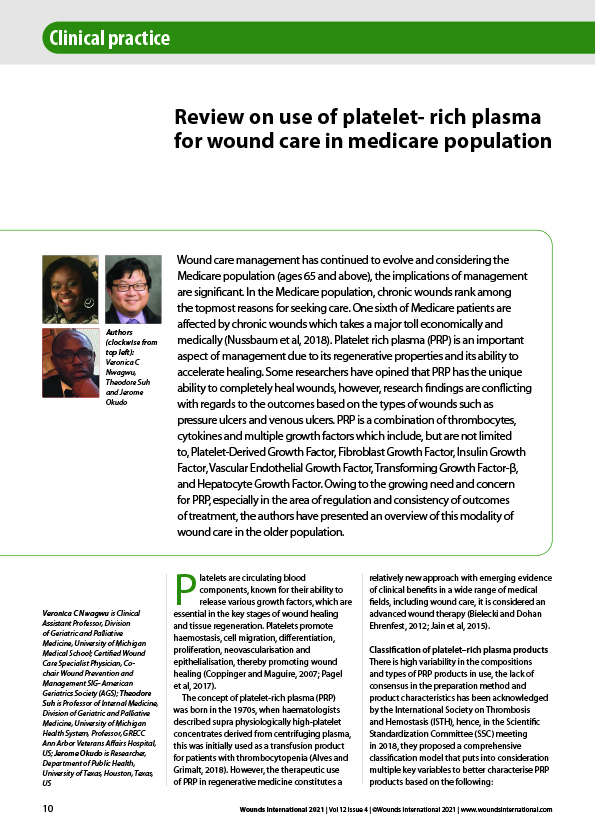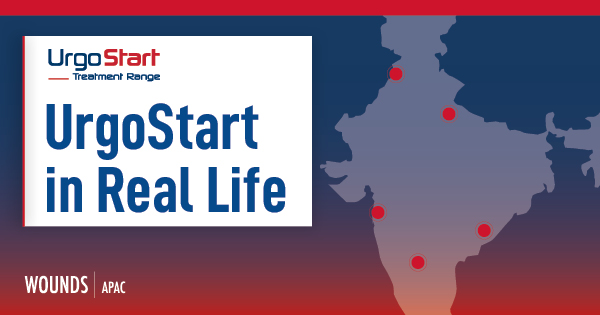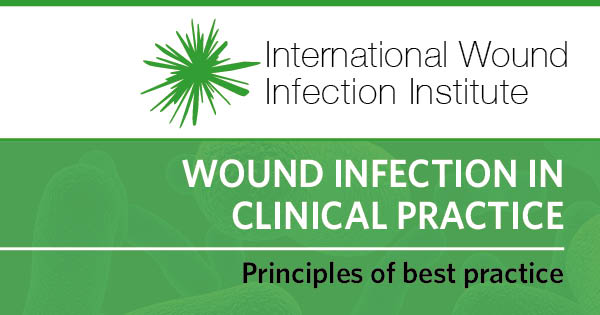Wound care management has continued to evolve and considering the Medicare population (ages 65 and above), the implications of management are significant. In the Medicare population, chronic wounds rank among the topmost reasons for seeking care. One sixth of Medicare patients are affected by chronic wounds which takes a major toll economically and medically (Nussbaum et al, 2018). Platelet rich plasma (PRP) is an important aspect of management due to its regenerative properties and its ability to accelerate healing. Some researchers have opined that PRP has the unique ability to completely heal wounds, however, research findings are conflicting with regards to the outcomes based on the types of wounds such as pressure ulcers and venous ulcers. PRP is a combination of thrombocytes, cytokines and multiple growth factors which include, but are not limited to, Platelet-Derived Growth Factor, Fibroblast Growth Factor, Insulin Growth Factor, Vascular Endothelial Growth Factor, Transforming Growth Factor-β, and Hepatocyte Growth Factor. Owing to the growing need and concern for PRP, especially in the area of regulation and consistency of outcomes of treatment, the authors have presented an overview of this modality of wound care in the older population.





